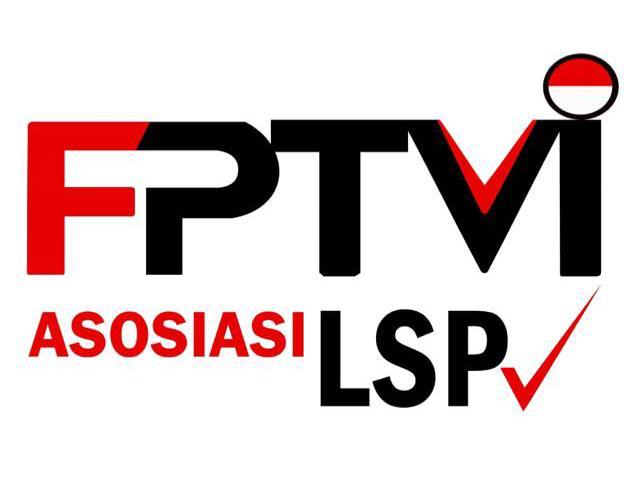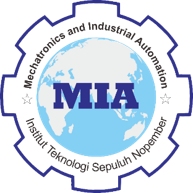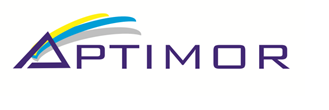Dual Mode: Establishing a Line-of-Sight Communication and Object Detection using Infrared Sensor Module
Abstract
Keywords
Full Text:
PDFReferences
V. G. Nair and K. R. Guruprasad, “GM-VPC: An Algorithm for Multi-robot Coverage of Known Spaces Using Generalized Voronoi Partition,” Robotica, pp. 1-16, 2019.
I. Olaronke, I. Rhoda, I. Gambo and O. Oluwaseun, “A Systematic Review of Swarm Robots,” Current Journal of Applied Science and Technology, vol. 39, no. 15, pp. 79-97, 2020.
E. Şahin, “Swarm robotics: From sources of inspiration to domains of application,” in Swarm Robotics. SR 2004. Lecture Notes in Computer Science, E. Şahin and W. Spears, Eds., Springer, 2004, pp. 10-20.
M. V. S. Rao and M. Shivakumar, “IR Based Auto-Recharging Systems for Autonomous Mobile Robot,” Journal of Robotics and Control, vol. 2, no. 4, pp. 244-251, 2021.
E. Bernardes, S. Viollet and T. Raharijaona, “A Three-Photo-Detector Optical Sensor Accurately Localizes a Mobile Robot Indoors by Using Two Infrared Light-Emitting Diodes,” IEEE Access, vol. 8, pp. 87490-87503, 21 May 2020.
I. A. Sulistijono, E. N. Suryawati, E. B. Henfri, A. A. Husein and A. S. Verdi, “Sensor Coordination for Behavior of Search Robot Using Simultaneous Localization and Mapping (SLAM),” IPTEK Journal of Engineering, vol. 2, no. 1, pp. 1-8, 2015.
J. Hu, P. Bhowmick, I. Jang, F. Arvin and A. Lanzon, “A Decentralized Cluster Formation Containment Framework for Multirobot Systems,” IEEE Transactions on Robotics, vol. 37, no. 6, pp. 1936-1955, 2021.
S. Na, Y. Qiu, A. E. Turgut, J. Ulrich, T. Krajnik, S. Yue, B. Lennox and F. Arvin, “Bio-inspired artificial pheromone system for swarm robotics applications,” Adaptive Behavior, vol. 29, no. 4, pp. 395-415, 2021.
K. Doan, A. Le, T. Le and N. Peter, “Swarm Robots’ Communication and Cooperation in Motion Planning,” in Mechatronics and Robotics Engineering for Advanced and Intelligent Manufacturing, Cham, Springer, pp. 191-205, 2017.
A. Vitanza, P. Rossetti, F. Mondada and V. Trianni, “Robot swarms as an educational tool: The Thymio's way,” International Journal of Advanced Robotic Systems, pp. 1-13, 2019.
J. Hu, A. E. Turgut, T. Krajník, B. Lennox and F. Arvin, “Occlusion-Based Coordination Protocol Design for Autonomous Robotic Shepherding Tasks,” IEEE Transactions on Cognitive and Developmental Systems, vol. 14, no. 1, pp. 126-135, 2022.
J. Agajo, A. L. Aewale, O. Joseph, A. E. Olamide and B. Abdulrahman, “Development of a Mobole Robot for Remote Monitoring for Multimedia and Data Acquisition,” Black Sea Journal of Engineering and Science, vol. 3, no. 3, pp. 115-123, 2020.
A. Reina, A. J. Cope, E. Nikolaidis, J. A. Marshall and C. Sabo, “ARK: Augmented reality for Kilobots,” IEEE Robotics and Automation Letters, vol. 2, no. 3, pp. 1755-1761, 2017.
A. Aula, “Multi Sensor-Based Obstacle Avoidance Algorithm in Visual Engineering Environment,” ELKHA, vol. 14, no. 2, pp. 67-72, 2022
R. Y. Endra, Y. Aprilinda, A. Cucus, F. Ariani, Erlangga and D. Kurniawan, “Otomatisasi Navigasi penghindar Obstacle pada Mobile Robot dengan Metode Fuzzy Sugeno dan Mikrokontroler Arduino,” Explore: Jurnal Sistem Informasi dan Telematika (Telekomunikasi, Multimedia dan Informatika), vol. 11, no. 2, pp. 110-117, 2020.
M. Idhom, A. Budijanto, N. Mufti, M. R. Alamsyah, and K. Yuniar, “Making a Mobile Educational Robot with a Practical Approach Using Arduino,” in International Seminar of Research Month 2021, vol. 2022, pp. 253–262, 2022.
SB-Projects, “NEC Protocol,” [Online]. Available: https://www.sbprojects.net/knowledge/ir/nec.php. [Accessed 8 November 2023].
Z. Ling, C. Gao, C. Sano, C. Toe, Z. Li and X. Fu, “STIR: A Smart and Trustworthy IoT System Interconnecting Legacy IR Devices,” IEEE Internet Things J., vol. 7, no. 5, p. 3958–3967, 2020.
D. N. Purnamasari, M. I. P. Pratama, A. K. Saputro, K. Joni, A. Ubaidillah and D. Rahmawati, “Design of Multi-Protocol Infrared System for Home Appliances,” in 2021 IEEE 7th Information Technology International Seminar (ITIS), 2021.
T. J. Park, K.I. Kim and S. Moon, “Securing Infrared Communication in Nuclear Power Plants: Advanced Encryption for Infrared Sensor Networks,” Sensors, vol. 24, no. 7, p. 2054, 2024.
C. N. Kumar, S. V. Ayyagari, I. Chaitanya, G. U. Rao and D. T. Rao, “Underwater Communication Using IR Uplink and NEC Protocol,” NeuroQuantology, vol. 20, no. 10, pp. 7626 - 7635, 2022.
S. G. Antón, “Development of a low-cost prototype to evaluate the performance of Transdermal Optical Links,” Aristotle University of Thessaloniki, Thessaloniki, 2020.
Shirriff, Joachimsmeyer, and Arminjo, “Arduino Library IRremote,” [Online]. Available: https://www.arduino.cc/reference/en/libraries/irremote/. [Accessed 8 November 2023].
DOI: http://dx.doi.org/10.12962%2Fj23378557.v10i2.a19555
Refbacks
- There are currently no refbacks.
This work is licensed under a Creative Commons Attribution 4.0 International License. IPTEK The Journal of Engineering published by Pusat Publikasi Ilmiah, Institut Teknologi Sepuluh Nopember.
Please contact us for order or further information at: email: iptek.joe[at]gmail.com Fax/Telp: 031 5992945. Editorial Office Address: Pusat Riset Building 6th floor, ITS Campus, Sukolilo, Surabaya 60111, Indonesia.








